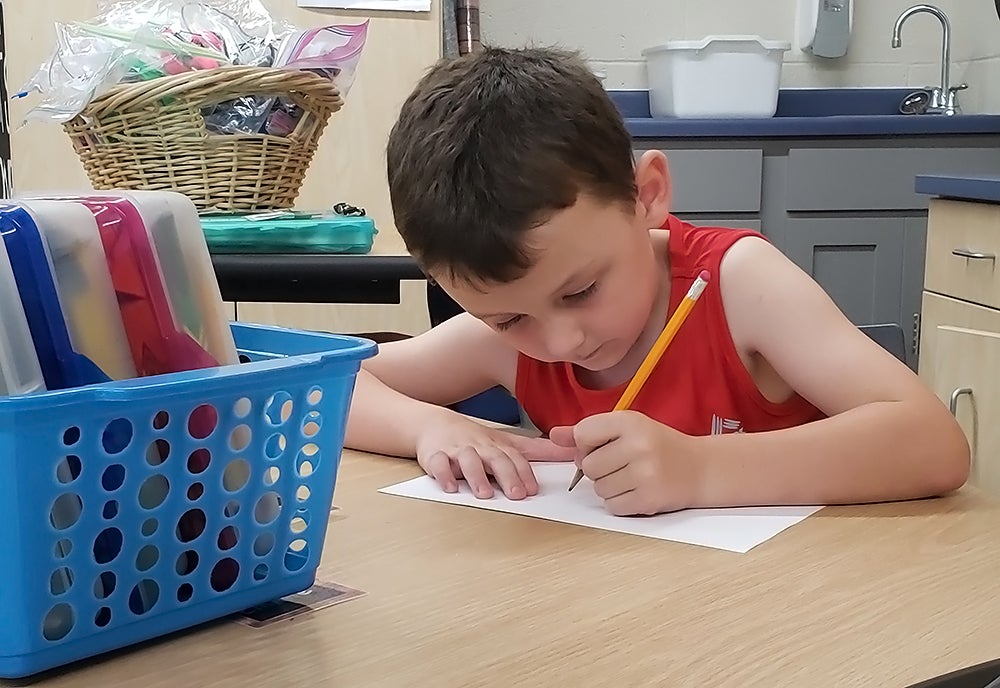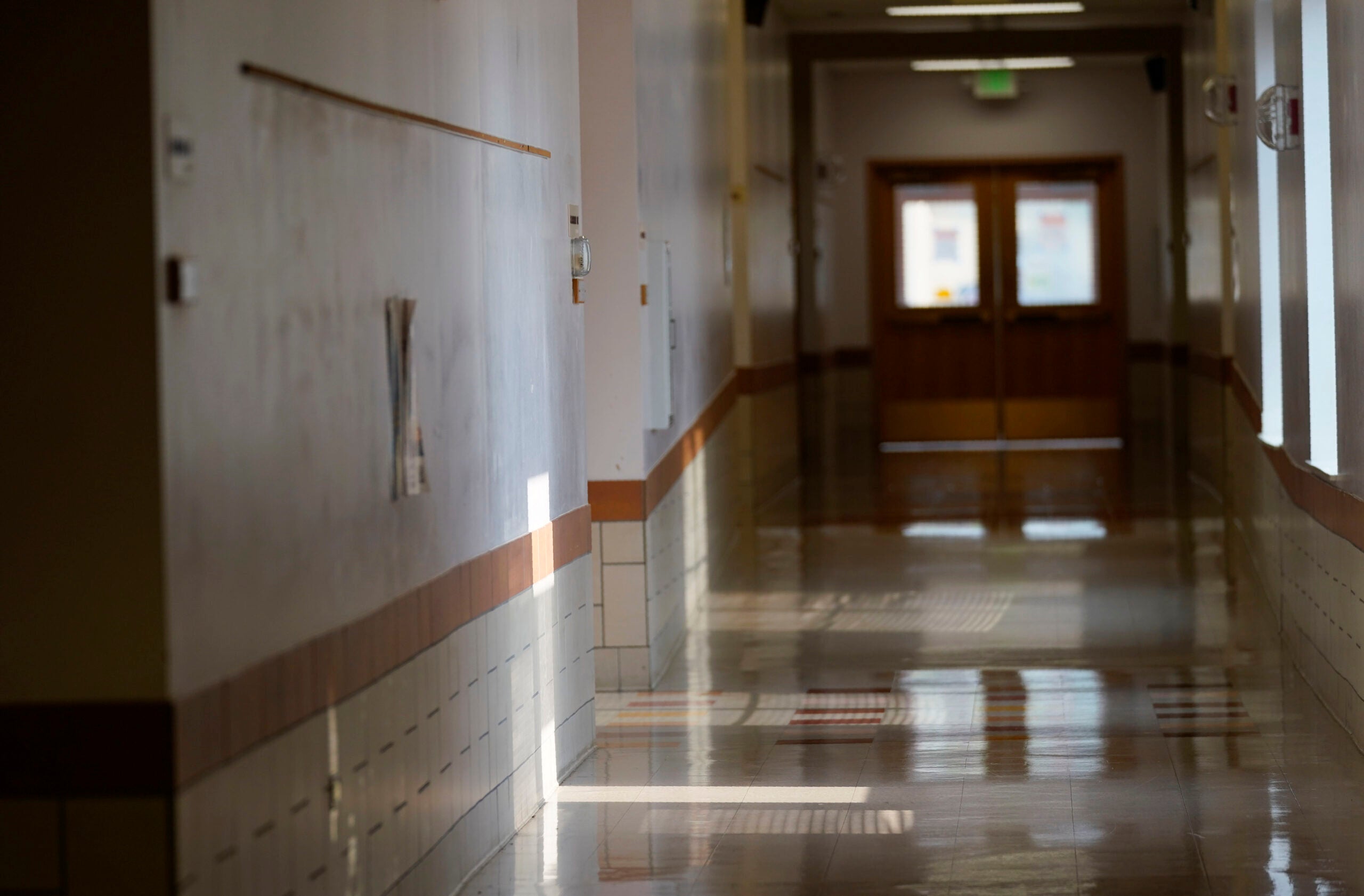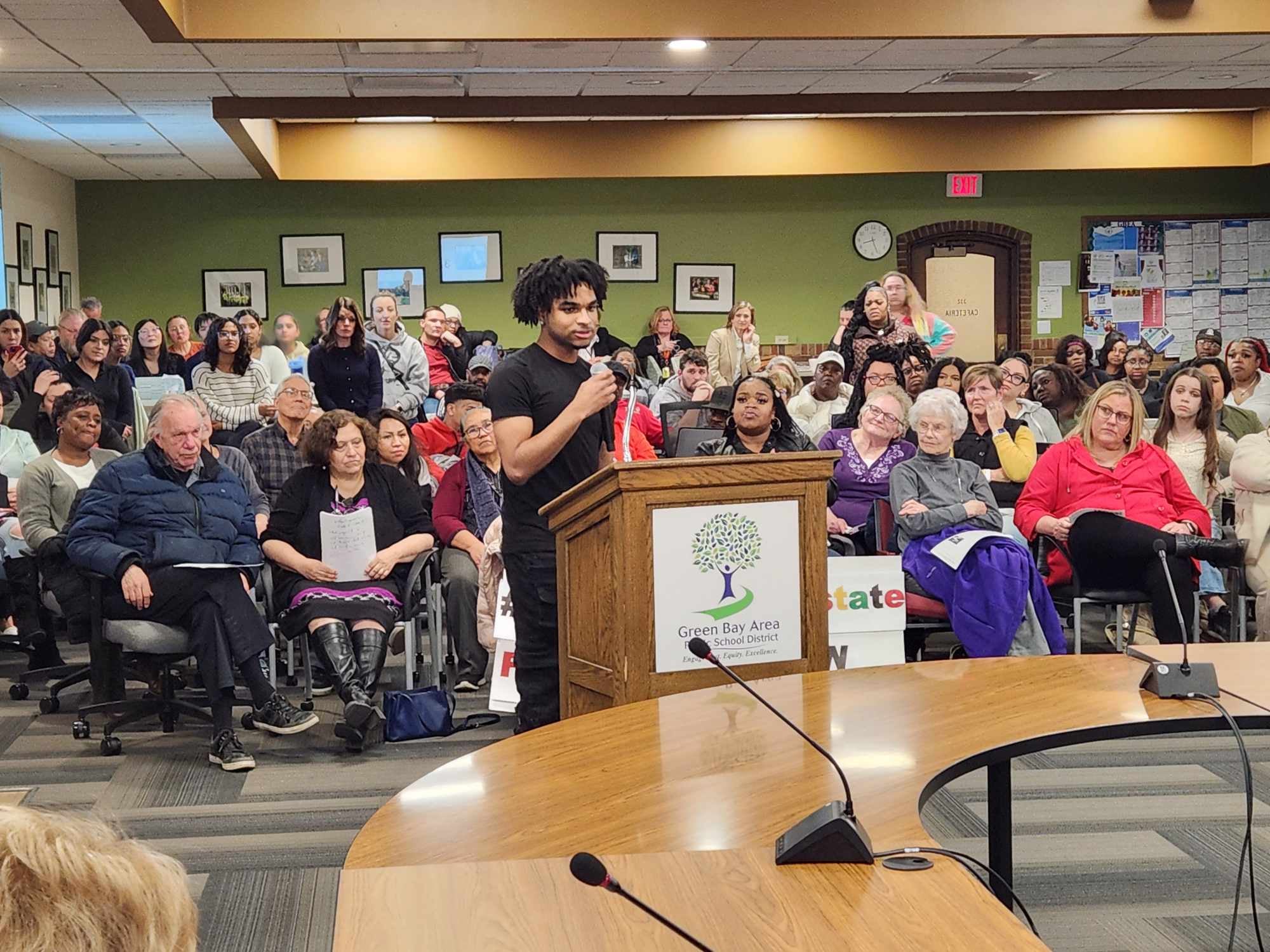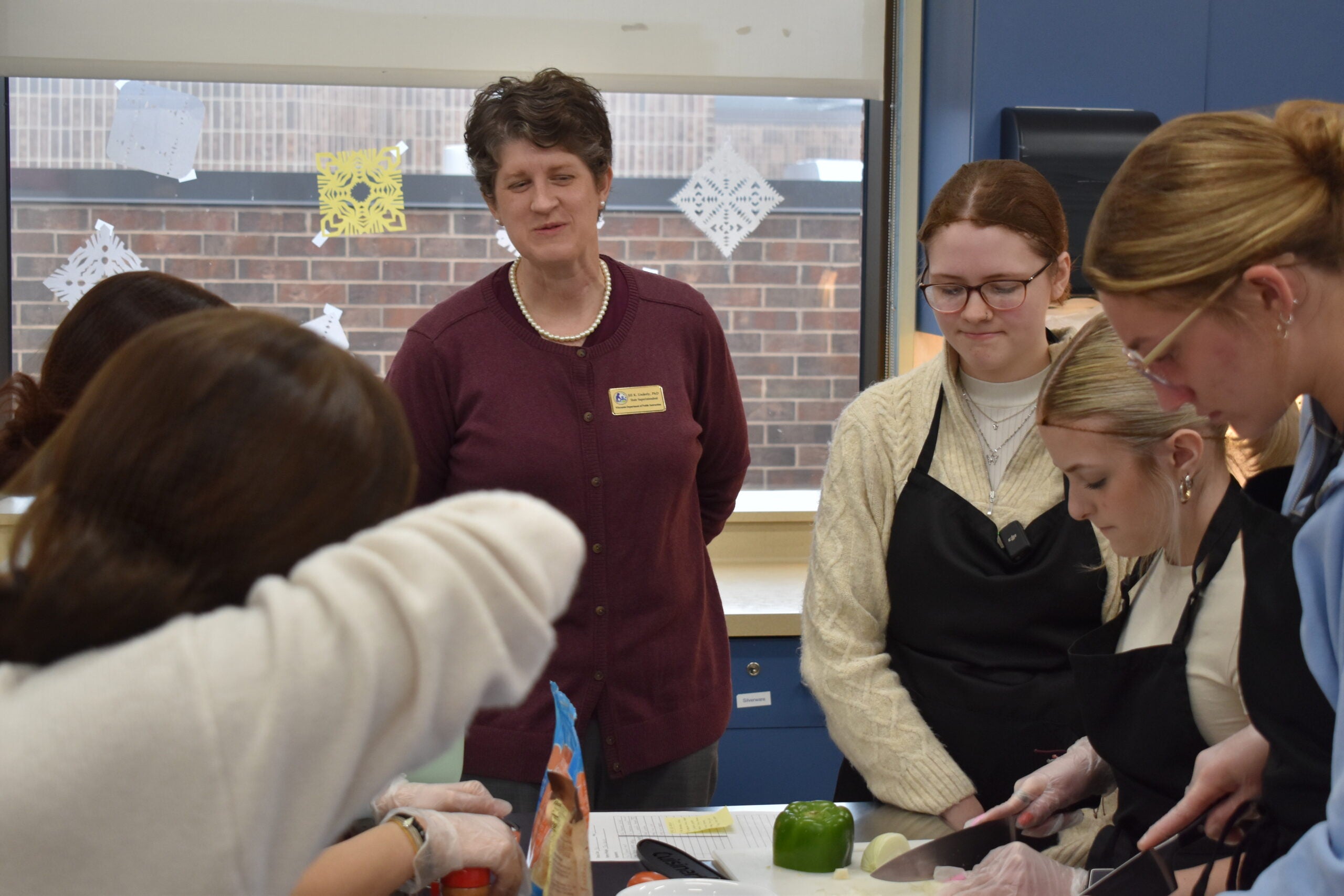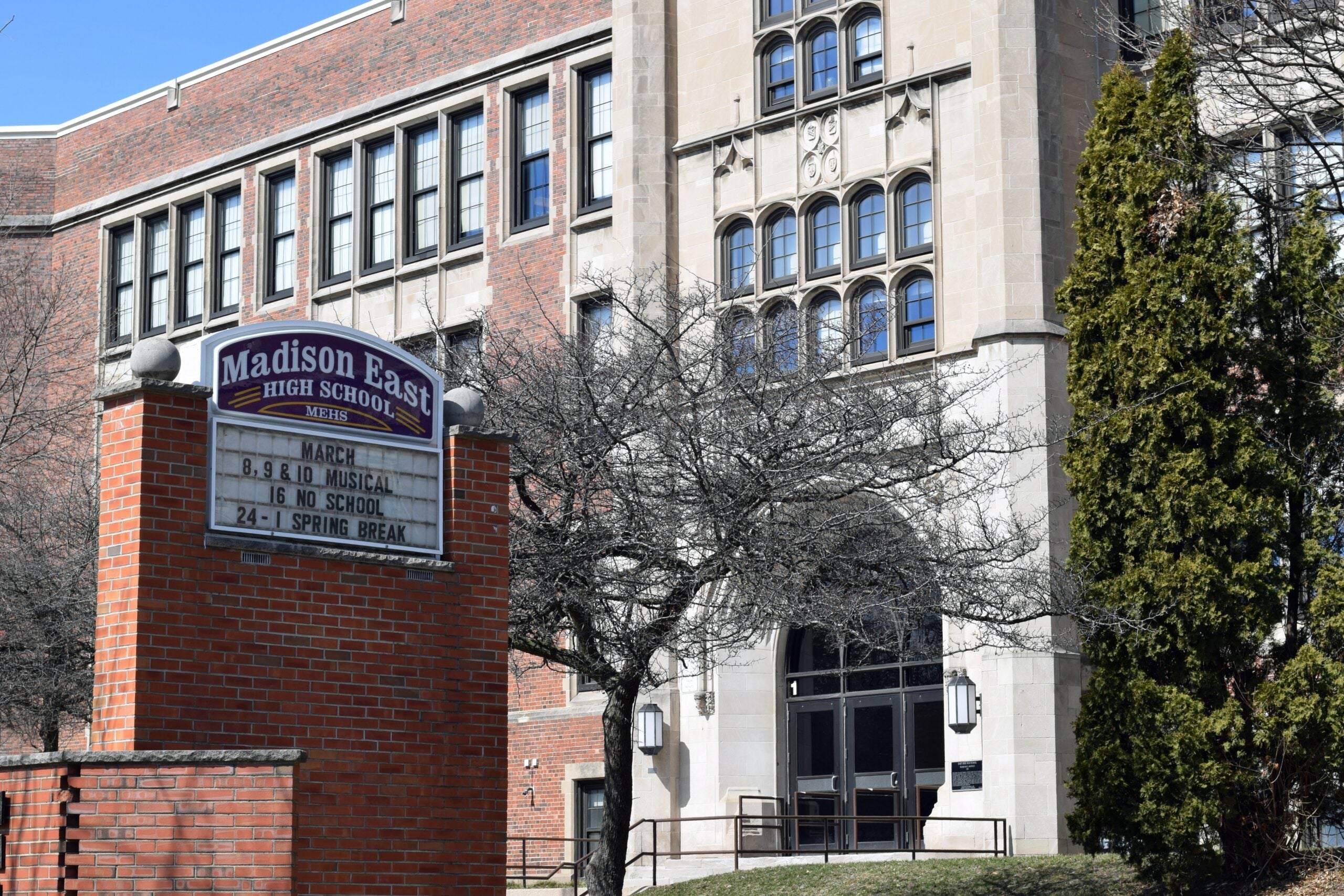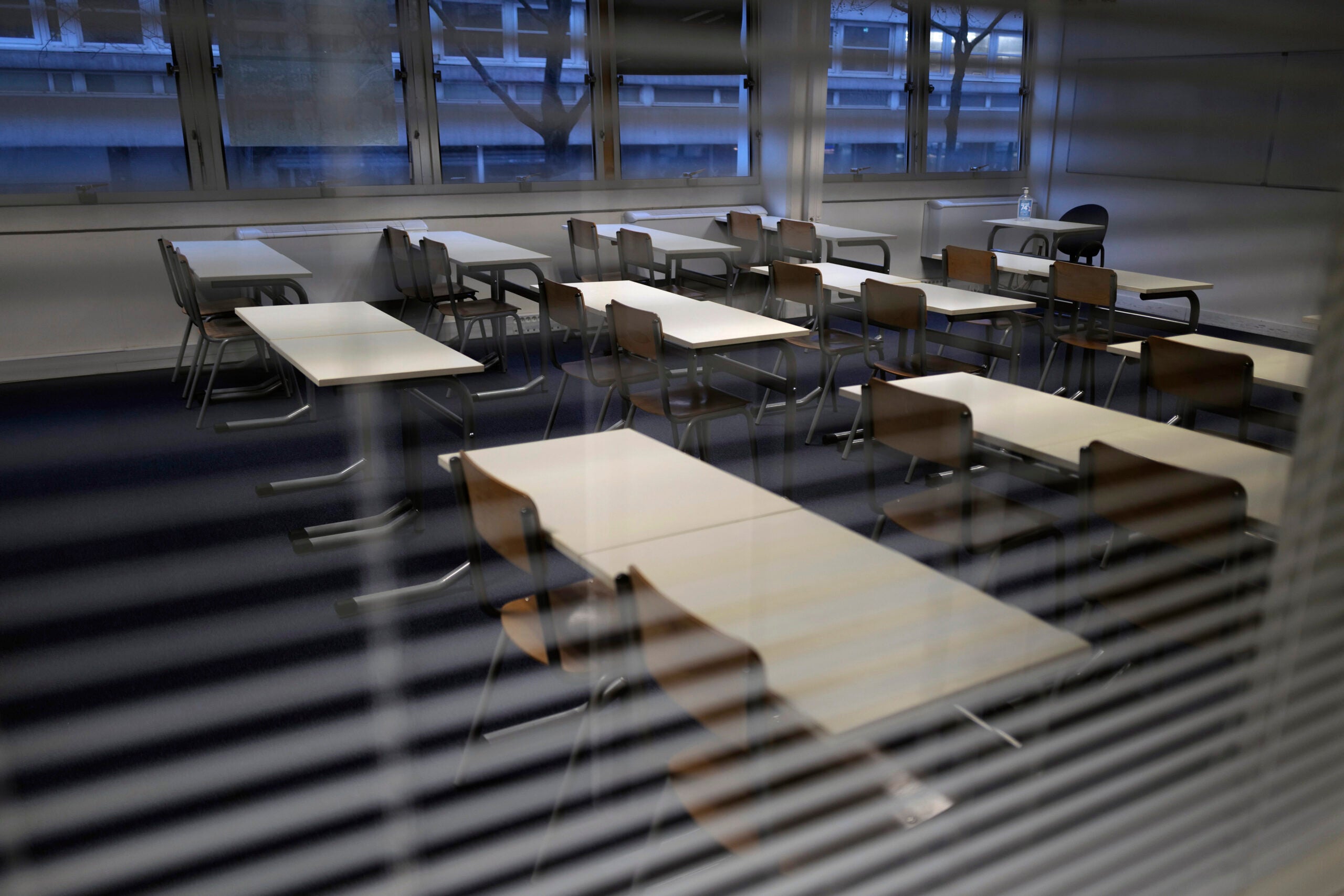Fourth grader Jennessa Hilton doesn’t really like back-to-school shopping. And her mom, Missy Hilton, said buying school supplies for her triplet daughters can add up fast, estimating that the bills each year rack up to more than $200.
Fortunately for the Hiltons, the Gale-Ettrick-Trempealeau School District found a way to lessen that back-to-school shopping stress by paying for its elementary students’ school supplies — an amount district officials estimate costs guardians about $75 per student.
The total cost this year for all school supplies for the three elementary schools was about $12,000, which the district paid for by adjusting the budget in other areas such as building upgrades and fuel for buses. The district prioritized covering the cost of supplies to ensure a more equitable experience for students. It’s hoping to do the same thing next year at the middle school.
Stay informed on the latest news
Sign up for WPR’s email newsletter.
“There’s lots of different ways you can approach equity,” said superintendent Aaron Engel. “This is one that we chose to start with.”
The district began this practice in 2017-18 school year.
Between 600 and 630 pre-K through fifth grade students at three different elementary schools in the district receive folders, notebooks, pens, pencils, markers and other supplies teachers identify they need.
“If you don’t have markers, you don’t have to borrow somebody else’s, or go up to ask the teacher for markers because you have them inside your box,” said Trempealeau Elementary first grader Declan Brommerich.
It works out well for teachers, too, who say it means they no longer have to pay for supplies for students who come to school ill-equipped.
Guardians are responsible for buying their students headphones for their school iPads and backpacks, but thanks to donations, the schools have extras for students who come to school without them, said Trempealeau Elementary principal Sam Ruud.
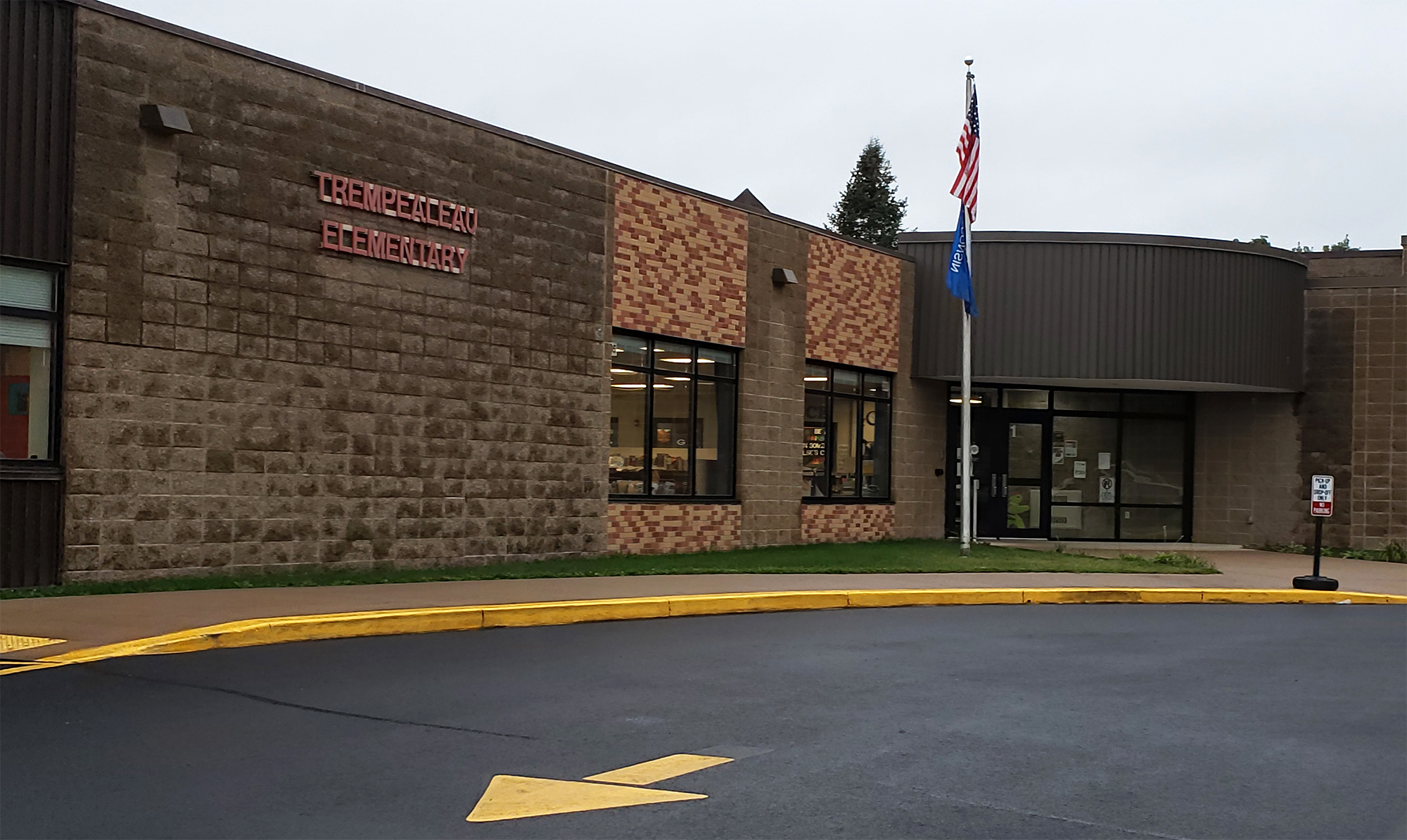
The plan to pay for school supplies started over a discussion about the district’s goal of increasing equity among its students. In those discussions a few years ago, administrators started with the axiom that public school is supposed to be free.
“What are the things that make it not free?” Ruud asked. “The first thing that came to mind is school supplies.”
Since eliminating that cost for elementary school families, the school board and district also have agreed to cut high school class fees, for example making students pay for the materials for shop classes like woodworking. Additionally, this past fall, staff participated in a poverty simulation to understand the burdens some of their students face. Within the district, Galesville Elementary has a 40 percent poverty rate, compared to Ettrick Elementary’s 32.5 percent. Trempealeau Elementary has the lowest rate of the three, with 19 percent.
“We’re trying to open up our eyes to giving every kid the chance to come in here and have the exact same experience,” Ruud said, noting that sometimes inequitable environments are fostered because the “have-nots” begin to notice what they don’t have.
In addition to being equitable, the plan reduces waste because supplies such as scissors and markers are reused the following year.
“It used to be that kids would empty their cubbies at the end of the year and they’d throw scissors away, their mom and dad didn’t want that to come home,” Rudd said. “Now, we bring all that back.”
Ruud said by asking teachers to review their lists before he put in the order this summer, they found items that the schools had stockpiled because they weren’t being used in class.
Trempealeau Elementary fourth grade teacher Patty Behan said while she kept her class supplies list pretty sparse, shopping for her own children was often frustrating — especially when the list included items such as three-ring binders, page protectors, Ziploc bags and other extras she didn’t think were necessary.
“If you would have looked at the class list before that teachers would put out for kids to buy, it was pretty extensive,” Behan said. “I think this makes teachers evaluate, ‘What is it that we really do need?’”

The process to purchase supplies as a district was chaotic at first, with teachers and administrators clearing out shelves of supplies at one department store after another. But this year, the district purchased all its supplies from Staples and received a bulk discount.
Engel said to sustain this change, the district needs to make it a priority. Now, with their sights set on the middle school, school officials hope a combination of community resources and cost savings within the budget will work as a model for continued equity.
“Just come to school,” Ruud said. “Just come to school and learn. That’s our prize in the end.”
Wisconsin Public Radio, © Copyright 2024, Board of Regents of the University of Wisconsin System and Wisconsin Educational Communications Board.

